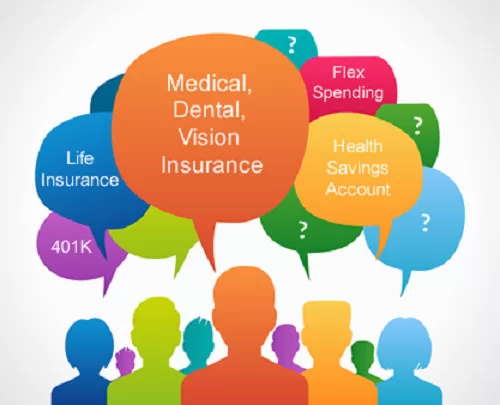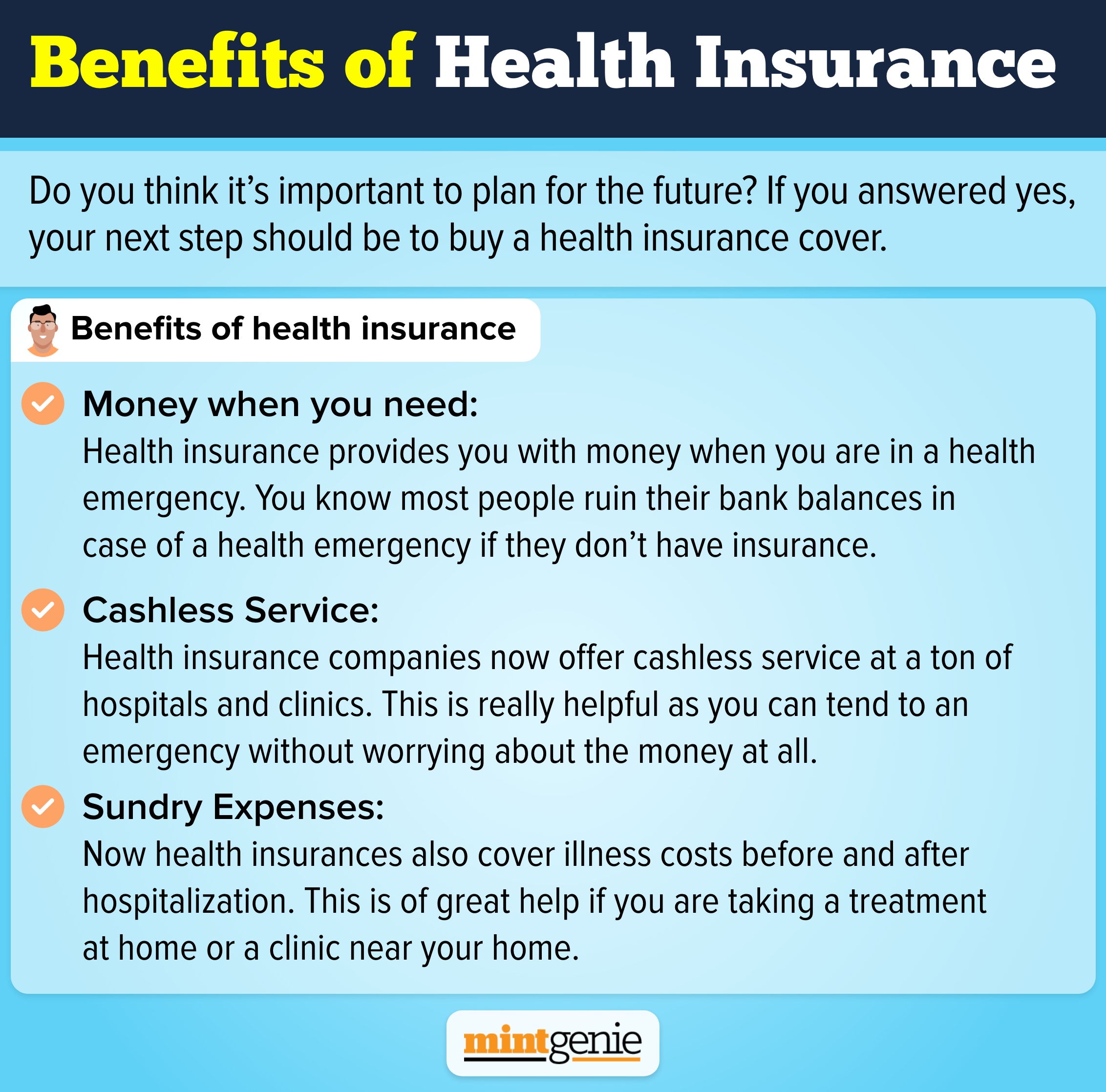Some Ideas on Medicare Advantage Agent You Need To Know
Some Ideas on Medicare Advantage Agent You Need To Know
Blog Article
All about Medicare Advantage Agent
Table of ContentsWhat Does Medicare Advantage Agent Do?The Main Principles Of Medicare Advantage Agent Not known Details About Medicare Advantage Agent

follows from confusing the reasonably young age account of the without insurance with the much better wellness, on standard, of more youthful individuals. This covers the link in between health standing and health and wellness insurance policy. For those without access to office health insurance policy, poor health and wellness is a possible barrier to purchasing nongroup protection due to the fact that such coverage may be very valued, exclude pre-existing conditions, or be simply unavailable. The number of without insurance Americans is not particularly big and has not altered in the last few years. 7 out of ten respondents in a nationally depictive study believed that less Americans lacked health and wellness insurance policy than actually do(Fronstin, 1998). Approximately fifty percent(47 percent )thought that the variety of individuals without health and wellness insurance policy decreased or stayed consistent over the latter fifty percent of the last years(Blendon et al., 1999). This decline of practically 2 million in the variety of individuals 'without insurance (a reduction
of about 4 percent)is definitely a favorable adjustment. With a softer economy in 2000 the most current reported gains in insurance policy coverage may not continue(Fronstin, 2001 ). The decline in the number of without insurance will certainly not proceed if the economic situation continues to be slow-moving and healthcare costs remain to surpass inflation. This is since the information were gathered for a period of strong financial efficiency. Of the estimated 42 million people who were without insurance, just about concerning 420,000(concerning 1 percent)were under 65 years old, the age at which most Americans become qualified for Medicare; 32 million were grownups in between ages 18 and 65, around 19 percent of all grownups in this age team; and 10 million were kids under 18 years of age, regarding 13.9 percent of all kids (Mills, 2000). These quotes of the number of individuals uninsured are produced from the annual March Supplement to the Present Populace Study (CPS), carried out by the Census Bureau. Unless or else noted, national estimates of individuals without medical insurance and percentages of the population with various type of protection are based on the CPS, one of the most extensively used source of estimates of insurance coverage and uninsurance prices. These studies and the estimates they yield are described briefly in Table B. 1 in Appendix B - Medicare Advantage Agent. These surveys differ in size and tasting techniques, the questions that are inquired about insurance policy
Medicare Advantage Agent Can Be Fun For Everyone
coverage, and the time duration over which insurance policy coverage or uninsurance is gauged(Lewis et al., 1998, Fronstin, 2000a ). Still, the CPS is particularly helpful due to the fact that it generates annual quotes reasonably swiftly, reporting the previous year's insurance coverage estimates each September, and due to the fact that it is the basis for a regular set of estimates for greater than 20 years, enabling evaluation of trends in insurance coverage over time.

Little Known Questions About Medicare Advantage Agent.
Over a three-year duration beginning early in 1993, 72 million individuals, 29 percent of the U.S. population, lacked coverage for a minimum of one month. Within a single year(1994), 53 million people experienced at the very least a month without insurance coverage(Bennefield, 1998a). Six out of every ten without insurance grownups are themselves employed. Although working does boost the possibility that one and one's member of the family will certainly have insurance coverage, it is not a guarantee. Also members of families with two full time breadwinner have nearly a one-in-ten chance of being uninsured (9.1 percent without insurance rate)(Hoffman and Pohl, 2000 ). The connection between health and wellness insurance policy and access to care is well developed, as recorded later in this phase. Although the relationship between wellness insurance and health results is neither straight nor easy, a comprehensive scientific and wellness solutions research literature links medical insurance protection
to improved access to care, much better top quality, and enhanced individual and populace wellness condition. For instance, the 2nd record, Our site on individual health outcomes for without insurance adults, is stood for by the innermost circle of the figure, while the third report, on household well-being, includes the subjects of the 2nd report yet stresses a various device of evaluation, particularly, the family. The sixth report in the collection will provide info concerning approaches and efforts embarked on locally, statewide, or nationally to address the lack of insurance and its unfavorable impacts. Degrees of analysis for checking out the impacts of uninsurance. This discussion of medical insurance protection focuses primarily on see page the united state populace under age 65 since virtually all Americans 65 and older have Medicare or various other public protection.
Moreover, it concentrates especially on those with no wellness insurance coverage for any kind of size of time. The troubles encountered by the underinsured remain in some aspects comparable to those encountered by the without insurance, although they are normally less serious. Uninsurance and underinsurance, nevertheless, entail noticeably various plan issues, and the strategies for addressing them might vary. Throughout this research and the 5 records to comply with, the main focus gets on individuals without medical insurance and hence no help in paying for healthcare past what is offered through charity and safety internet institutions. Wellness insurance coverage is a powerful aspect affecting invoice of treatment due to the fact that both people and medical professionals reply to the out-of-pocket price of services. Wellness insurance policy, nonetheless, is neither required nor adequate to access to clinical solutions. Nonetheless, the independent and straight result of health and wellness
insurance protection visit this site right here on access to wellness services is well developed. Others will get the healthcare they require even without medical insurance, by spending for it out of pocket or seeking it from suppliers who supply care complimentary or at very subsidized rates. For still others, medical insurance alone does not guarantee invoice of care due to various other nonfinancial obstacles, such as a lack of healthcare carriers in their community, restricted accessibility to transport, illiteracy, or linguistic and social distinctions. Official research about uninsured populations in the USA dates to the late 1920s and very early 1930s when the Board on the Cost of Treatment generated a series of reports regarding financing medical professional office visits and hospitalizations. This problem came to be salient as the numbers of clinically indigent climbed during the Great Anxiety. Empirical researches regularly sustain the link in between access to care and boosted wellness results(Bindman et al., 1995; Starfield, 1995 ). Having a routine resource of care can be thought about a forecaster of access, rather than a straight measure of it, when health end results are themselves made use of as gain access to indications. This extension of the idea of accessibility dimension was made by the IOM Board on Monitoring Gain Access To to Personal Wellness Treatment Services(Millman, 1993, p. Whether or not moms and dads are guaranteed appears to impact whether or not their youngsters obtain treatment in addition to just how much careeven if the children themselves have insurance coverage(Hanson, 1998). The health and wellness of parents can affect their capability to look after their kids and the degree of household tension. Stressing over their youngsters's access to care is itself a source of stress and anxiety for parents. 3 phases comply with in this report. Chapter 2 gives an overview of just how employment-based medical insurance, public programs and private insurance plans operate and connect to give substantial but insufficient protection of the united state population. This consists of a review of historic patterns and public policies influencing both public and exclusive insurance, a conversation of the interactions amongst the different kinds of insurance, and an exam of why people relocate from one program to another or end up

Report this page